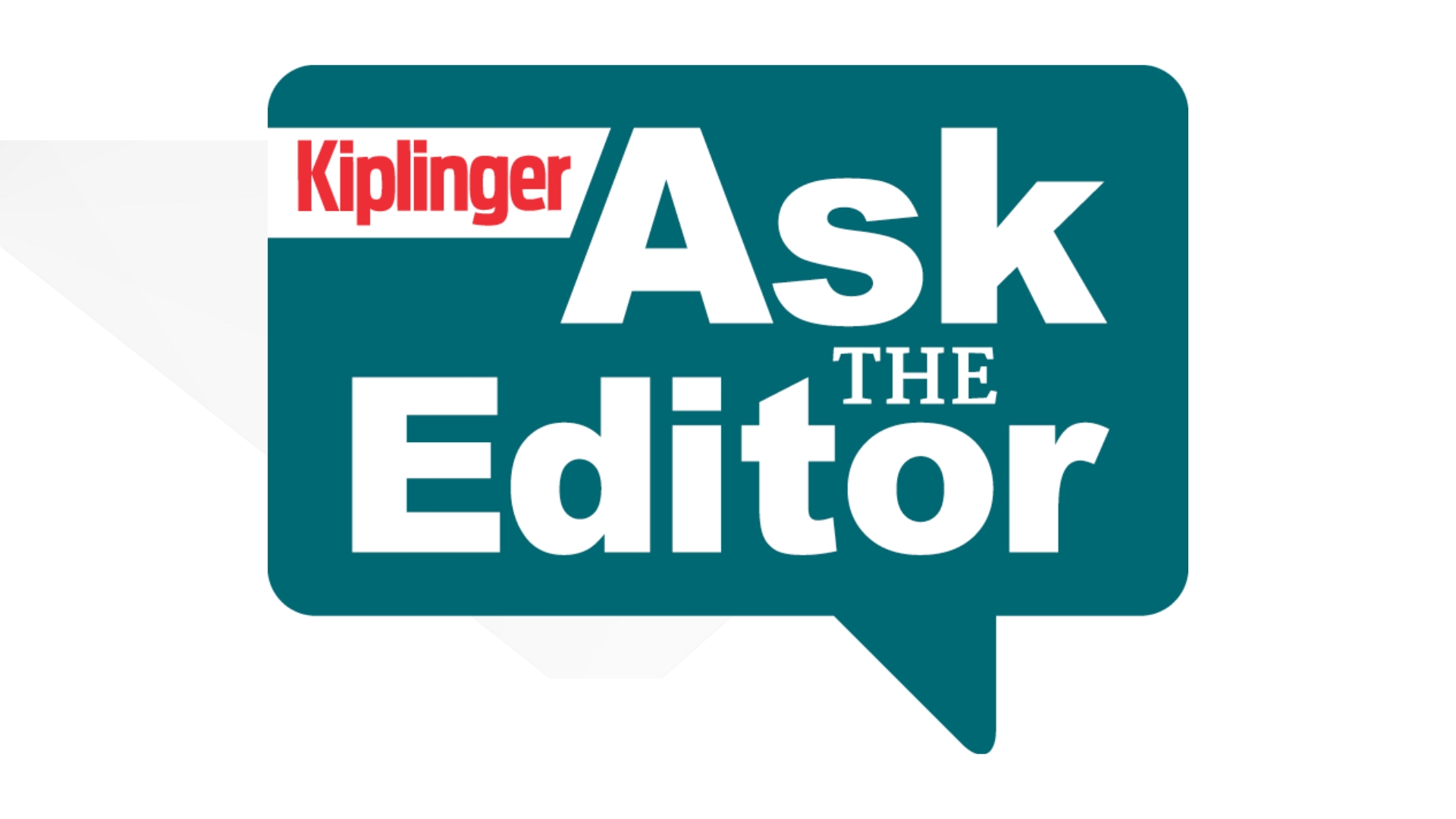Hit Hard by Hurricane? Tapping Your 401(k) May Not Be a Great Idea
The IRS recently relaxed some rules related to hardship distributions from retirement accounts to make it easier and faster for hurricane victims to get money. However, hardship distributions come with costly strings attached.


The recent hurricanes in Texas, Florida and Puerto Rico have been devastating. Recovering from the storm damage is a daunting, and potentially very expensive, task. Those without robust emergency savings accounts are facing some tough decisions about where to find the resources to pick up the pieces. One place people may be looking at is their retirement plan, but that could be a big mistake.
The IRS has announced the removal of restrictive rules and procedures for withdrawals from employer-sponsored retirement plans (e.g., 401(k) and 403(b) plans) for hurricane victims. The removal of these hurdles will make it easier for these individuals, and their relatives who can take distributions from their own plans, to withdraw funds to pay for damages and related expenses. But that doesn’t mean you should do it.
The relief provided only relaxes the procedural and administrative rules related to withdrawals. It does not provide any tax relief. The IRS has stated that these withdrawals will still be subject to income tax and, if applicable, penalties. Even with the ability to access these funds, retirement plan participants affected by the hurricanes should strongly consider exhausting other funds first, and should use hardship withdrawals from retirement plans as an absolute last resort.

Sign up for Kiplinger’s Free E-Newsletters
Profit and prosper with the best of expert advice on investing, taxes, retirement, personal finance and more - straight to your e-mail.
Profit and prosper with the best of expert advice - straight to your e-mail.
Qualifying for Hardship Distributions
The special rules the IRS announced are designed to help people who need emergency funds get them faster than they normally would.
The rules for obtaining hardship withdrawals, in general, can be substantial. Normally, the only way for an employee to obtain a withdrawal from an employer-sponsored retirement plan is for it to qualify as a hardship withdrawal or to take a loan, except for unique cases.
Although hardship withdrawals and loans are permitted by the IRS, plans are not required to provide them. Someone who wants to take a hardship withdrawal would need to check with a benefit or plan administrator to see if the plan allows for it. Many plans do not.
Even if hardship withdrawals are permitted, they are allowed only for an “immediate and heavy financial need” and are limited to the amount necessary for that need. Not all expenses qualify. For example, funds to provide for temporary housing and food will likely not qualify, while money needed to repair damage to the employee’s home will. The IRS also requires that the plan sponsor retain thorough documentation.
Downsides of Hardship Distributions
What’s more, hardship distributions are subject to income taxes, unless they consist of Roth or after-tax contributions. Each dollar withdrawn from a retirement plan is generally taxed as ordinary income. Withdrawals may also be subject to a 10% penalty on early distributions, for those under age 59½.
In addition, hardship withdrawals put a permanent dent in your retirement account, because employees who take them cannot later repay them to the plan or roll them over to another plan or an IRA. And those who take a hardship distribution are banned from being able to make additional contributions to the plan for a six-month period. The effect of those restrictions is worsened by the loss of compounding growth for the amount withdrawn.
A Better Choice: Borrowing from Yourself
Hopefully, you have a robust savings account for emergency situations. If not, a better option than obtaining a hardship withdrawal might be to a take loan from the plan. The law allows you to borrow up to $50,000, or half your vested balance, whichever is less. Loans, though, typically need to be repaid (with interest) within five years to your account. And if you lose your job, they need to be repaid immediately, something to really think about if you’re in an industry where layoffs are common.
One big advantage of taking a loan from your retirement account is that when you pay it back, you’re paying yourself back. When you’re done, your retirement account is made whole again, and the growth you’ll see from compounding will be magnified because of it.
Conclusion
Although the IRS has provided special rules that make it easier for hurricane victims to obtain hardship distributions from an employer retirement plan to pay for expenses and repairs, such withdrawals should be made very thoughtfully. This is especially true since the IRS did not provide any tax relief for these types of distributions. If possible, use other sources of funds first, and then take loans from retirement plans.
The damage from the hurricanes has been immense. Don’t allow this disaster to damage your retirement, too.
Get Kiplinger Today newsletter — free
Profit and prosper with the best of Kiplinger's advice on investing, taxes, retirement, personal finance and much more. Delivered daily. Enter your email in the box and click Sign Me Up.

Daniel Fan is a Partner in the Orange County office of Cerity Partners, LLC. He is an attorney with over 20 years of experience as a high-net-worth wealth planner and specializes in evaluating and optimizing clients’ financial situations to help them obtain their financial goals. Dan has extensive experience in areas such as income and estate tax, business succession, risk management/insurance and retirement planning.
-
 6 Stunning Waterfront Homes for Sale Around the US
6 Stunning Waterfront Homes for Sale Around the USFrom private peninsulas to lakes, bayous and beyond, Kiplinger's "Listed" series brings you another selection of dream homes for sale on the waterfront.
By Charlotte Gorbold Published
-
 Six Reasons to Disinherit Someone and How to Do It
Six Reasons to Disinherit Someone and How to Do ItWhether you're navigating a second marriage, dealing with an estranged relative or leaving your assets to charity, there are reasons to disinherit someone. Here's how.
By Donna LeValley Published
-
 Should You Still Wait Until 70 to Claim Social Security?
Should You Still Wait Until 70 to Claim Social Security?Delaying Social Security until age 70 will increase your benefits. But with shortages ahead, and talk of cuts, is there a case for claiming sooner?
By Evan T. Beach, CFP®, AWMA® Published
-
 Retirement Planning for Couples: How to Plan to Be So Happy Together
Retirement Planning for Couples: How to Plan to Be So Happy TogetherPlanning for retirement as a couple is a team sport that takes open communication, thoughtful planning and a solid financial strategy.
By Andrew Rosen, CFP®, CEP Published
-
 Market Turmoil: What History Tells Us About Current Volatility
Market Turmoil: What History Tells Us About Current VolatilityThis up-and-down uncertainty is nerve-racking, but a look back at previous downturns shows that the markets are resilient. Here's how to ride out the turmoil.
By Michael Aloi, CFP® Published
-
 Ask the Editor: Taxes, April 11, 2025
Ask the Editor: Taxes, April 11, 2025Ask the Editor In our Ask the Editor series, Joy Taylor, The Kiplinger Tax Letter Editor, answers questions related to IRAs and other retirement accounts.
By Joy Taylor Published
-
 Could You Retire at 59½? Five Considerations
Could You Retire at 59½? Five ConsiderationsWhile some people think they should wait until they're 65 or older to retire, retiring at 59½ could be one of the best decisions for your quality of life.
By Joe F. Schmitz Jr., CFP®, ChFC® Published
-
 Home Insurance: How to Cut Costs Without Losing Coverage
Home Insurance: How to Cut Costs Without Losing CoverageNatural disasters are causing home insurance premiums to soar, but don't risk dropping your coverage completely when there are ways to keep costs down.
By Jared Elson, Investment Adviser Published
-
 Markets Roller Coaster: Resist the Urge to Make Big Changes
Markets Roller Coaster: Resist the Urge to Make Big ChangesYou could do more harm than good if you react emotionally to volatility. Instead, consider tax-loss harvesting, Roth conversions and how to plan for next time.
By Frank J. Legan Published
-
 Why Homeowners Insurance Has Gotten So Very Expensive
Why Homeowners Insurance Has Gotten So Very ExpensiveThe home insurance industry is seeing more frequent and bigger claims because of weather, wildfires and other natural disasters.
By Karl Susman, CPCU, LUTCF, CIC, CSFP, CFS, CPIA, AAI-M, PLCS Published